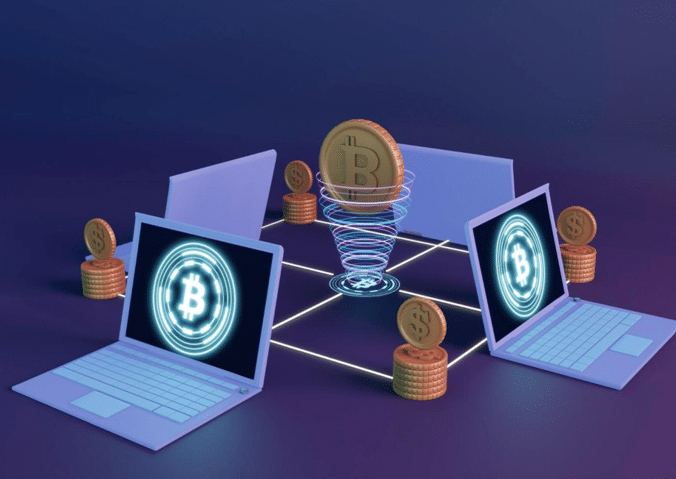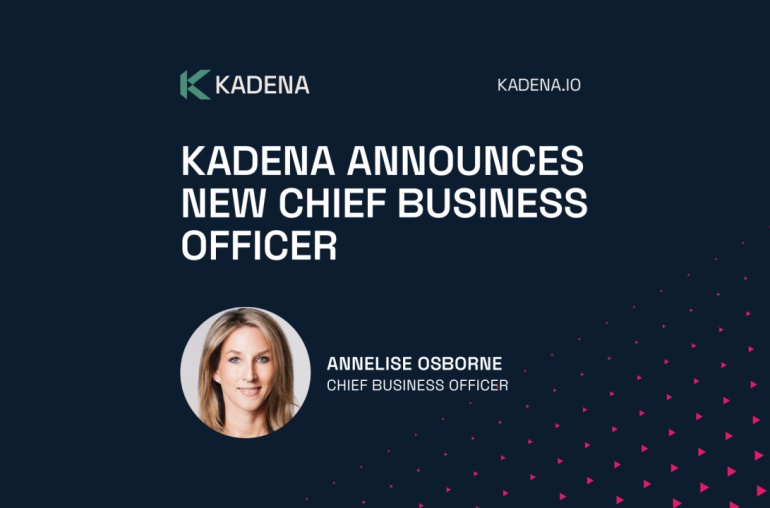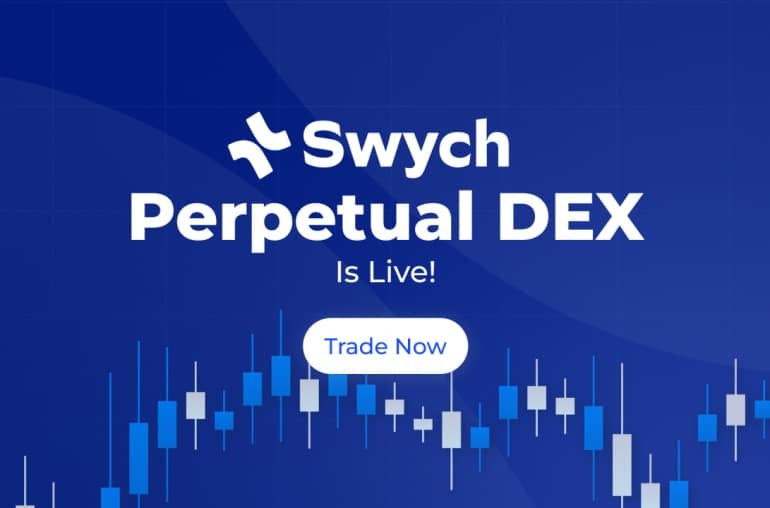Bitcoin, the world’s first cryptocurrency, has taken the financial world by storm since its inception in 2009 by Satoshi Nakamoto. But what is Bitcoin and how does it work? This beginner’s guide will assist new crypto joiners in comprehending the fundamentals of Bitcoin, how it works, and how it can be possibly applied and popularised in everyday life.
What is Bitcoin?
The digital currency known as Bitcoin operates outside of any central bank or authority. To safeguard transactions, regulate the creation of new units, and confirm asset transfers, it employs cryptography. Hence, Bitcoin is a decentralized currency that is not controlled by a single entity, in contrast to fiat currencies like the Euro or the US dollar.
How Bitcoin Works: Everyday Analogies for the Technology Behind the Cryptocurrency
Bitcoin’s underlying technology is called Blockchain, a distributed ledger that records all transactions using cryptocurrency. Every time a Bitcoin transaction is completed and acknowledged by a node, it is added to a “block” of data. When a block is executed, it is added to the chain of preceding blocks, creating a permanent, public, and indestructible record of all transactions.
Nodes: Librarians of the Bitcoin World
Bitcoin nodes are computers that run Bitcoin software and are connected to the Bitcoin network. Bitcoin nodes validate, broadcast, process, and store BTC transactions. In general, a node is a point on a network. For example, a car is a node on a network of highways, or a work colleague is a node in a professional network. Think of nodes as librarians who manage a vast digital library (the blockchain). Full nodes are like head librarians who maintain comprehensive records of every book in the library. Lightweight nodes are like assistant librarians who rely on head librarians for comprehensive information but can still assist people in finding the books they look for. These librarians collaborate to keep the library’s catalog accurate and up-to-date so that users can easily access the books they want.
Mining: Solving Puzzles for Rewards
Imagine a bunch of individuals competing in a crossword puzzle event. The objective is to finish the puzzle as fast as possible, and the winner wins a cash prize. In the context of Bitcoin, the crossword puzzle stands in for the complicated math challenges that miners must resolve, and the monetary reward is the mining reward. Miners use their computing power to solve mathematical problems like crossword puzzle solvers and use their abilities to compete for the prize—a miner’s chances of receiving the reward increase with their computational power. To be more specific, let’s say Mary wants to send Joe 1 Bitcoin. Miners will confirm the transaction by solving a mathematical problem that proves the validity of Mary’s transaction. When the issue is resolved, the transaction is added to the blockchain, and the miner is rewarded with a specific sum of Bitcoin.
Consensus Mechanism: A Democratic Decision-Making Process
Consider a town hall meeting where community members gather to vote on a new policy. Each person casts their vote, and the policy is accepted if 51% or more of the votes are in favor. This democratic process ensures that the community’s decision reflects the members’ will.
Similarly, the consensus mechanism in Bitcoin requires nodes to agree on the validity of new blocks added to the blockchain. When a miner proposes a new block, other nodes vote on its validity. If more than half of the nodes approves, the block is added to the blockchain. This democratic process ensures that the blockchain remains accurate and secure.
Other Cryptocurrency and Its Applications
There are thousands of other cryptocurrencies in use today besides Bitcoin. The other common alternative is discussed along with its possible real-world applications.
Ethereum (ETH): Ethereum is a platform that allows developers to create and deploy smart contracts – self-executing contracts with the terms of the agreement directly written into code. A freelance NFT designer could create a smart contract that releases payment once their client approves the final design.
Apart from ETH, there are an array of cryptocurrencies available for trading on CoinEx – a leading cryptocurrency exchange that prides itself on its 0-accident track record and commitment to user security. With over 700 cryptocurrencies and 1,100+ trading pairs available, CoinEx also keeps enriching its product forms on the basis of the exchange and has rolled out derivative services such as futures, margin trading, AMM, mining, Financial Accounts, strategic trading, and CoinEx Dock.
Conclusion
Crypto novices can better comprehend the inner workings of Bitcoin and its relevance in the world of digital currency by digesting the aforementioned principles through real-life use cases. As blockchain and Web3 development continue to mature, new opportunities and challenges for individuals, businesses, and governments will likely show up.





